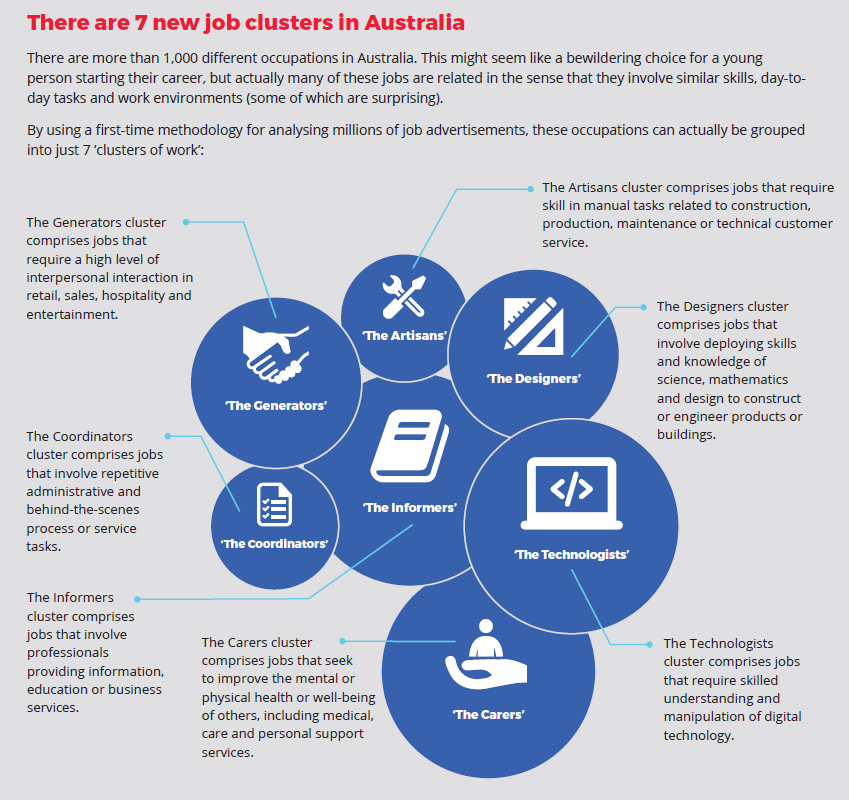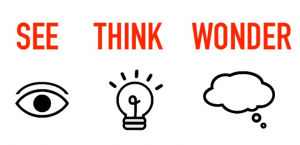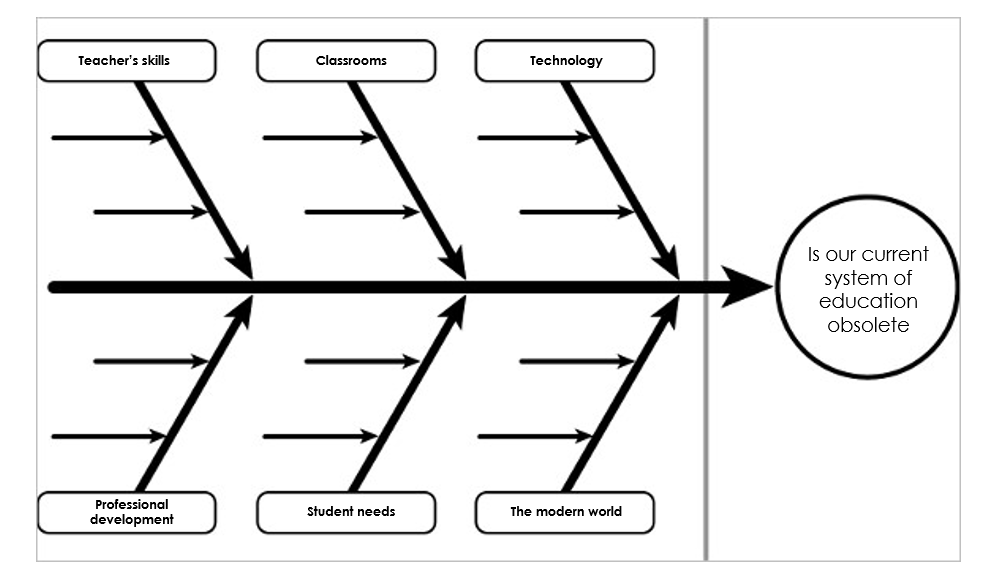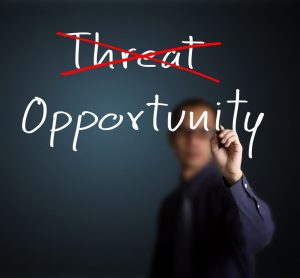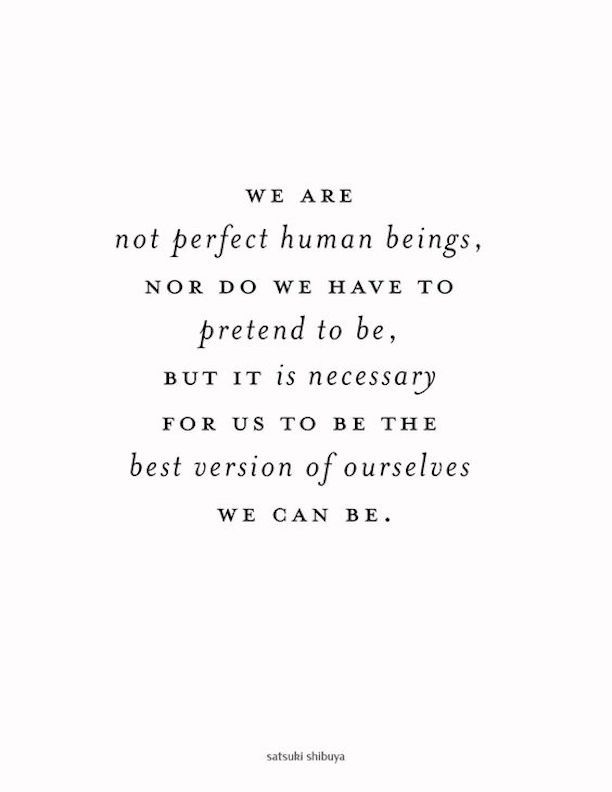
When A School Becomes Toxic – What Can We Do to Change School Culture?
Pernille Ripp
When you walk into a school you can usually feel the culture right away. Is this a building where teachers love to teach? Where students thrive? Is there a feeling of family in the air or something else? A building’s culture is often invisible and yet it can be one of the most important components of what makes a school great. In fact, I fell in love with Oregon Middle School because of the feeling of family I encountered in my very first interview.
So what happens when a school’s environment turns toxic? Where mistrust and anger become commonplace? What do we do when we find ourselves in the type of school where all we want to do is shut the door and teach in peace, too tired to deal with everything else? Well, there are a few things we can do.
We can make sure we are not the ones being toxic. Yes, it is hard to let go of anger. Yes, it is hard to not get upset. And yet, we also make a choice every day of whether or not we want to add more negativity or not. We make a choice, it is not made for us, and sometimes we have to make it again and again throughout the day as we try to stay positive.
We can build others up. Why not point out the positive that you see. Just as negativity is contagious, so is positivity. You may be the only one noticing great things but give a compliment, leave a note, do something that shows you notice the great that is happening around you and speak up.
We can choose to trust a new person. We often only extend the trust to those we know well and everybody else in a building we are not quite so sure of. But how about we assume that there must be more people in the building that are there because they also love teaching and kids? Purposefully extending your circle of trust means that your “inner” circle will grow, which means there are more people you can vouch for internally. It may not seem important but it certainly is.
We can watch each other teach. I know nothing about what goes on in other classrooms but instead of being ok with that, I have asked if I can come watch others teach. I have also opened up my door to anyone that would like to come in. Yes, it is hard to feel like you are being judged but we can also assume positive intent.
We can have courageous conversations. If someone is seemingly negative at all times, ask them why. Yes, this may be super uncomfortable for all of us but a simple question can go a long way. Often we establish a pattern of unhealthy venting and don’t know it ourselves. Someone calling us out, even gently, can be all we need to see our habit.
We can focus on what we can change. There are many things in my state that upset me, there are even decisions in my district that I may not agree with, and yet, when I cannot change things I let them go. Why anyone wants to carry anger with them every day they teach beats me.
We can make new friends. Often we stick to the same people in our teaching circle at school, why not extend that circle right along with the trust? Stop by someone’s room and ask them a question, seek out someone new to sit by at the staff meeting, volunteer for a new committee. Something to meet new people. A toxic environment often comes from not knowing each other, so break that barrier down one person at a time.
We can refuse to give power to the toxicity. In our silent agreement, when we nod, when we spread the stories that tear others down we are complicit in spreading toxicity. When we agree rather than ask questions, when we stand and listen, we are complicit in the spread of toxicity. So walk away, don’t agree, speak up. If you do not want a toxic environment then do something about it. Shutting your door is the easy way out.
Sometimes the toxicity comes straight from the top, so administrators, this is for you.
You can be the voice of reason. Seek out both sides of the story before you judge, don’t have favorites, and leave your own emotions out of it. Just like teachers at times will side with students that they like, so will administrators, and that sends a very strong message to everyone in a school.
You can check your own interactions. If the interactions you are having with teachers are more negative than positive, think of how that affects the students. While there are always tough conversations to be had, how they are approached can make or break a school culture.
You can be positive. I work for one of the most positive administrators I have ever met. Every day, no matter what, she has a positive attitude, even in the hardest situations. This makes a difference and it sets the tone. Our culture is one where people welcome and teachers feel valued. If an administrator always looks mad, tired, or stressed it spreads to everyone else.
You can respect privacy. As an administrator, you probably have way more information than any teachers and especially about other teachers. That is part of your job, and so part of your job should also be to keep that private. I have heard horror stories of administrators sharing private things that greatly influenced how others saw a teacher. Be mindful of what you share and who you share it with.
You can initiate hard conversations. I think too often administrators are not quite sure how to approach a toxic person or situation, and I get it, it can get really messy really quickly. But at the end of the day, if we don’t talk about a problem it will never get away. So we can allude, circle, and kind of talk about it, or we can face the problem head on and try to get somewhere with it.
You can ask for feedback. My administration just held a two-day listening session where anyone was welcome to come and discuss whatever they wanted. That sets the tone for the level of trust they place in us; they want to hear what we have to say even if they have no solution. Simply opening up the door and asking for genuine feedback sends a powerful message about where you are in your administration journey; are you trying to grow or are you good with where you are.
A toxic culture can arise quickly but can take years to combat. And while it would be nice to simply point the finger to one person and accuse them of being the main culprit, we all have a role in it. From those that continue to spread negativity by venting their frustrations, to those of us that choose to shut our door and forget about the rest of the school; we are all complicit. So take a long hard look at yourself, after all that is the only person we can control, and make sure that what you bring to your school is really what you meant to bring. I know we all have bad days, but some times those bad days become bad years without us even realizing it. A school’s culture is never too late to fix; but it does take a decision to do something about it. And that decision can be made by us. Every single day.



